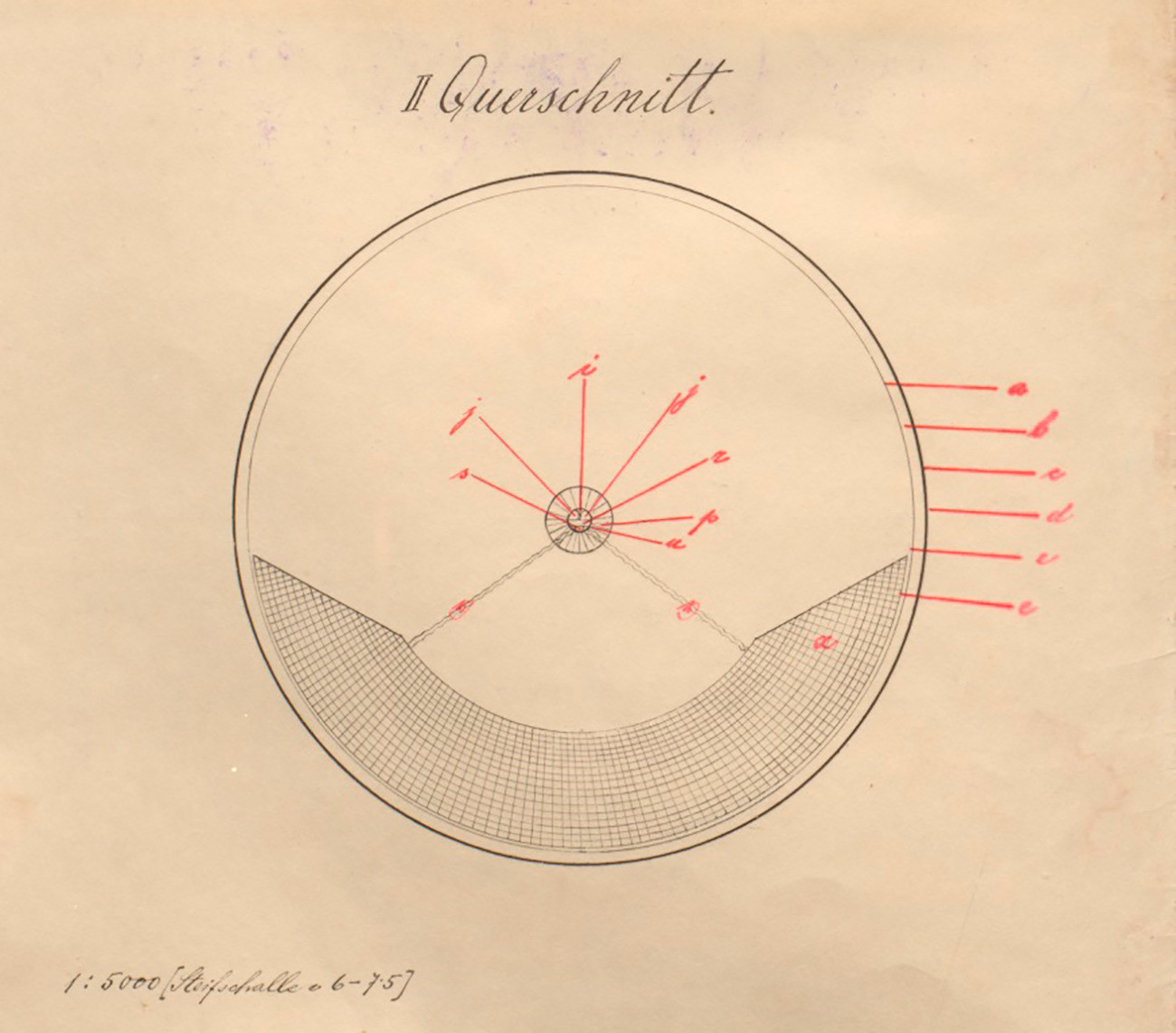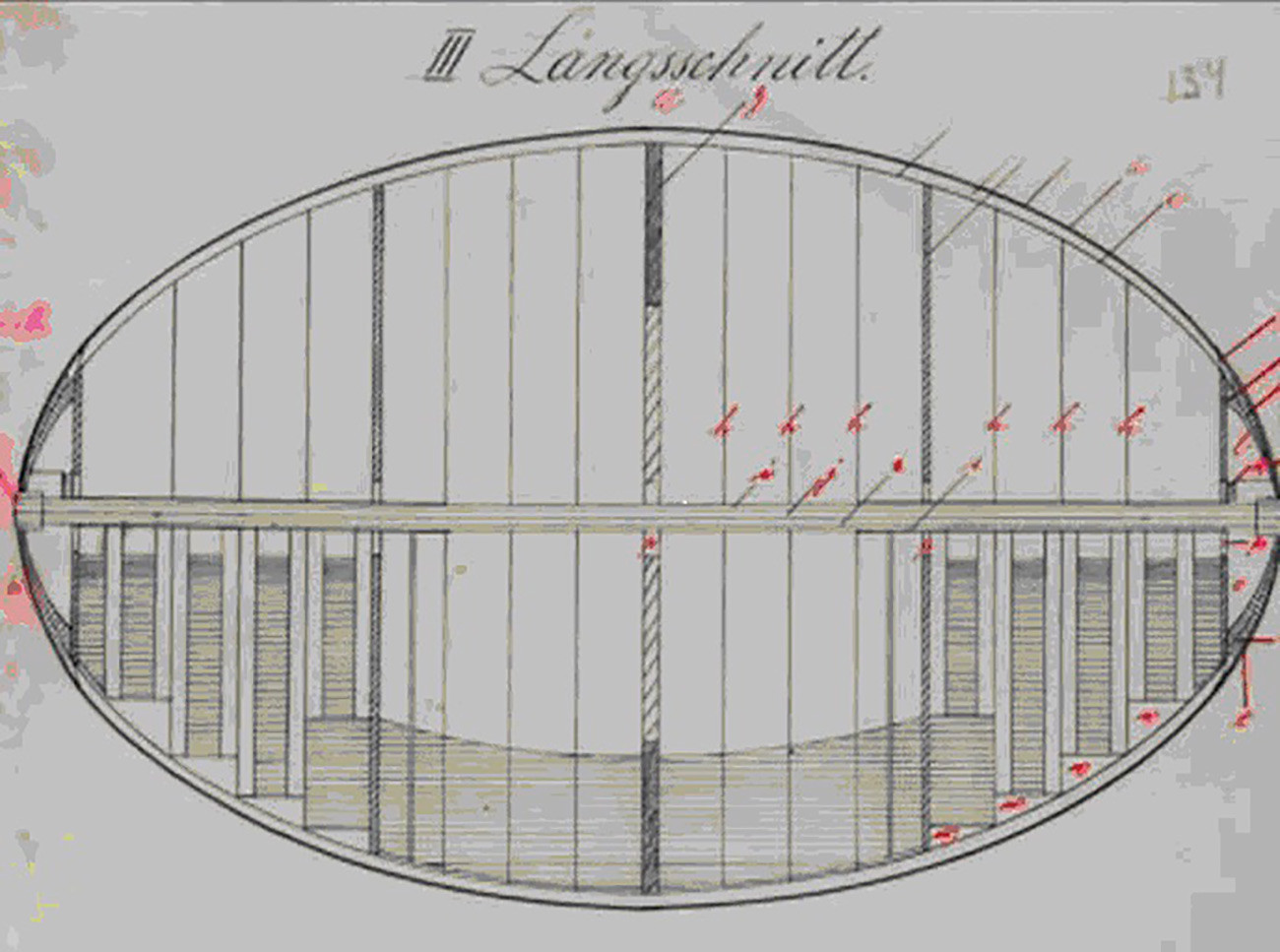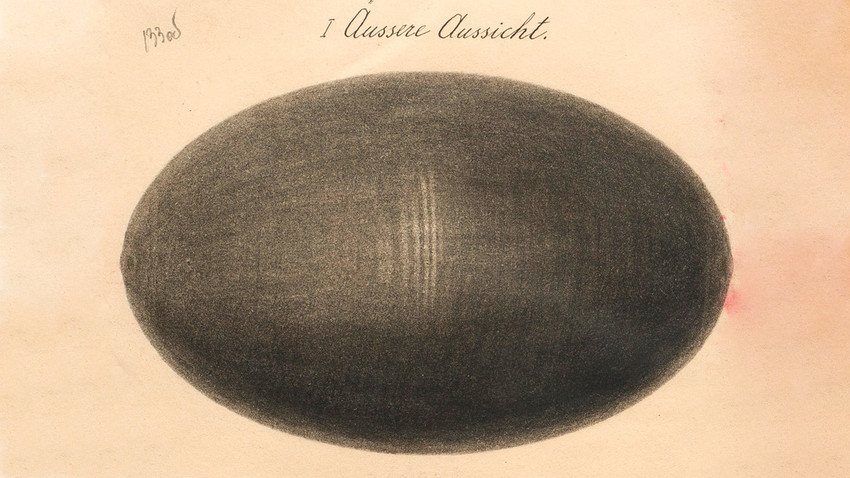In the middle of WWI (1914-1918), Russian engineers began work on a new oval-shaped “tank” measuring 960 by 605 meters, able to crush all enemies in its path.
Not quiet on the Eastern Front

Public domain
In March 1915, the situation on the Eastern Front of WWI was precarious for the Russian Empire. A German offensive had encircled the Russian army in Galicia (today in western Ukraine) and Poland.
It was from there that a letter was sent to the Russian capital addressed “Personally for the Emperor,” in which details of a new weapons project were laid out.
The letter was titled “Project for a machine to smash enemy fortresses, or Epicycloid Oboy.”
Oboy

Public domain
Project Oboy (Beat) was an ambitious plan to build a 960x605-meter machine capable of routing the enemy on the battlefield.
“With a large, armored, inside-rotatable motorized barrel or rolling press, we will be able to ride over the enemy. That is the essence of my project,” wrote designer Ivan Semchikhin to Tsar Nicholas II.
Semchikhin proposed building a gigantic oval-shaped metal "city" that would roll over and pulverize the enemy. The futuristic egg would be so large that inside would be heavy artillery, workshops, sleeping areas, a sewer and ventilation system, and even telephone networks.
According to the designer, the epicycloid would not have wheels, in the classical sense of the word. Instead, it would be set in motion by a system of steam engines, pendulums, and dynamos of unprecedented power, enabling it to move through fields and forests at a speed of up to 321 km/h, sweeping everything in its path.
“This rolling fortress hundreds of meters high will move through valleys and over elevated ground. It will be capable of rolling across hills, forests, rivers, swamps, cities, and villages... Project Oboy will be immune to cannons, gunfire, mines, trenches, antitank pits, barbed-wire fences, bombs, and incendiary materials. It will crush every type of current military equipment,” Semchikhin wrote to the tsar.
However, in 1915 the Russian army did not even have enough ammunition for guns, so the construction of a giant murder ball was kicked into the long grass.
To this day, Oboy remains one of the most futuristic and mind-boggling military projects ever conceived.
